Diabetes technology has come a long way in recent years, and for those living with diabetes, technology like insulin pumps reduces diabetic burnout and improves clinical outcomes compared to multiple daily injections (MDI) by syringe.
People with diabetes can now wirelessly connect their Continuous Glucose Monitor (CGM) with insulin pumps. This means insulin delivery can be an automated process. Making managing diabetes easier than ever!
What are Insulin Pumps?
Insulin pumps are small, wearable devices that deliver insulin in two ways:
- Basal – A constant, low dose of insulin delivered throughout the day to maintain target glucose levels, or,
- Bolus – A larger dose of insulin delivered before meals or when glucose levels are too high.
The insulin dose is delivered from a pump through an infusion set (catheter and small cannula). The cannula is inserted subcutaneously for 2-3 days before replacing. Although it is commonly inserted on the abdomen, some users prefer to place it on their lower back, hips, or thighs (users should consult their physician about ideal placement).
The insulin pump can connect to a continuous glucose monitor (CGM) to measure current glucose levels or even predict where it’s heading to deliver the appropriate dose of insulin.
Who should get Insulin Pumps?
Anybody with diabetes who requires synthetic insulin may use an insulin pump. This includes people with Type 1 and Type 2 diabetes — both children and adults.
Pumps are convenient and easy to use – but they don’t suit everyone.
It is important to remember:
- Training period – Insulin pumps take getting used to. You can request training from your physician.
- Site care – Like CGM sensor sites, cleaning the pump site and ensuring sanitized insertion will avoid and prevent infections, which can be serious or fatal.
- Monitor your glucose – While CGM and insulin pumps make managing diabetes automated, it is a good idea to periodically keep an eye on glucose data and compare your insulin pump readings to ensure they are continuing to work together seamlessly.
- Battery and insulin levels – Insulin pumps run off battery and must be filled with insulin. Always check these levels before leaving the house and take extra supplies with you when leaving for extended periods.
- Skin irritation – Some users find their skin will be irritated by the tape’s adhesion. Speak to your physician if this is an ongoing problem, and not remedied by moving the injection site.
- Backup insulin – It is important to always carry an extra injectable insulin. This will cover maintaining insulin levels if there are any unexpected technical issues with your pump system.
Where Can I Get an Insulin Pump?
Like CGM, your insurance may cover insulin pumps, making them more accessible than ever!
There are many pumps on the market, and it’s important to research what is best for you or your child. Patients should discuss these options with their diabetes care team, and be referred to Shield HealthCare today!





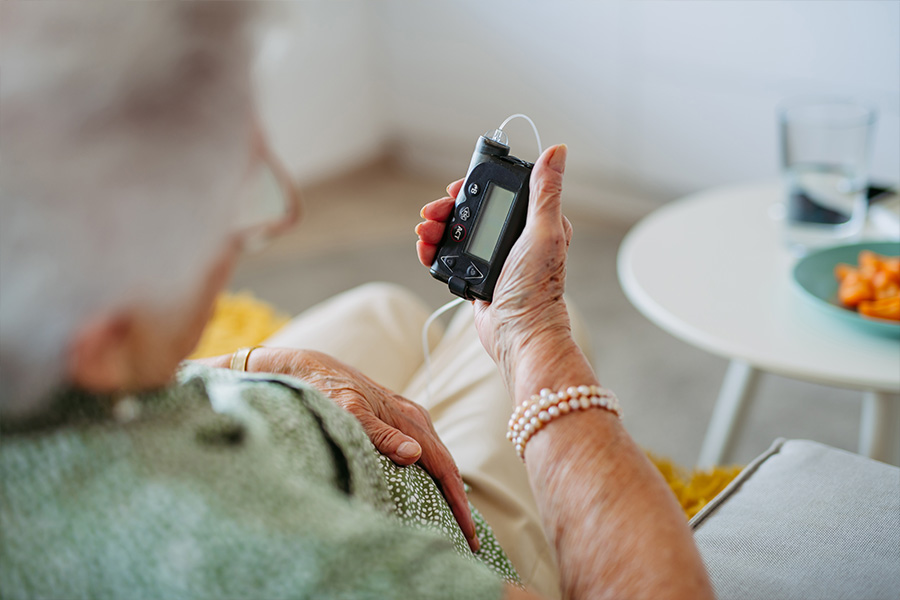


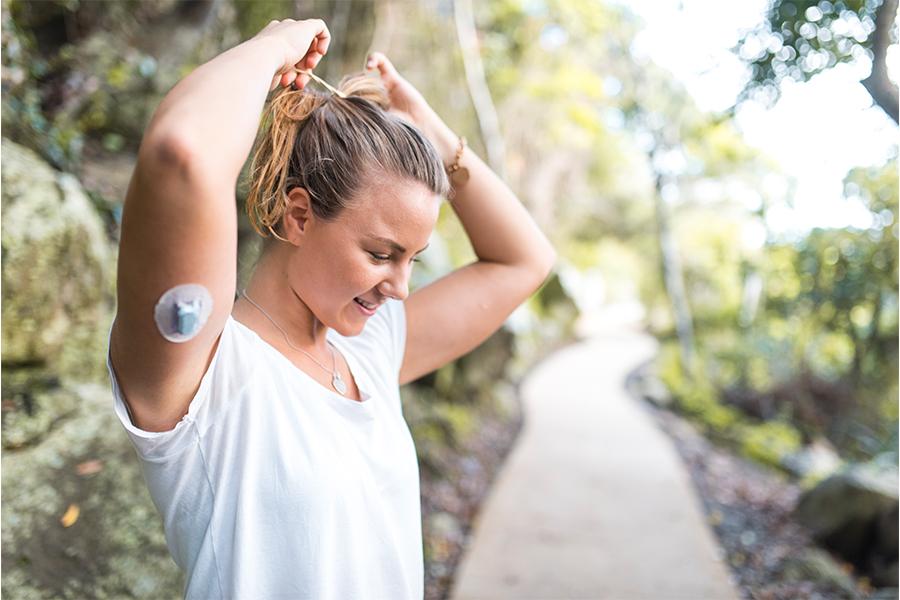

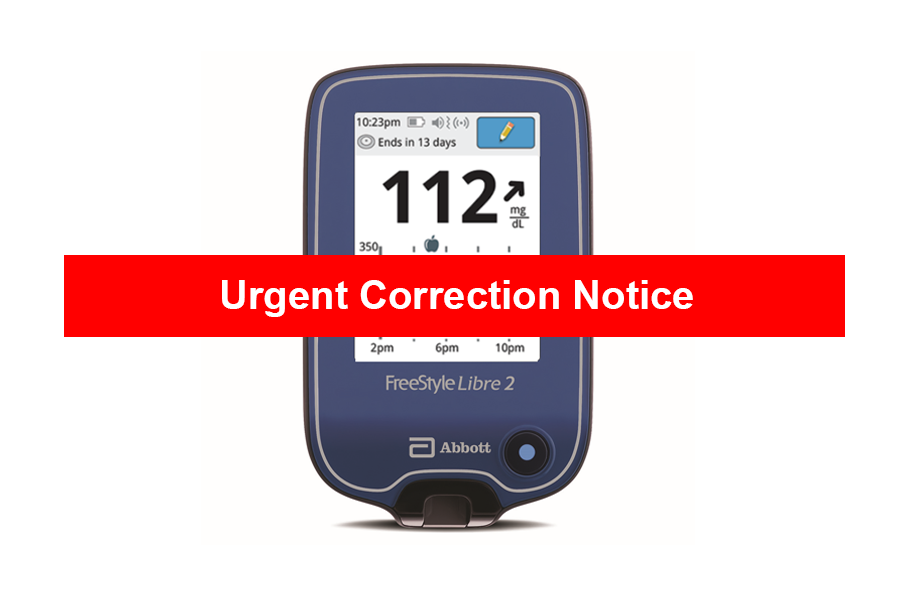
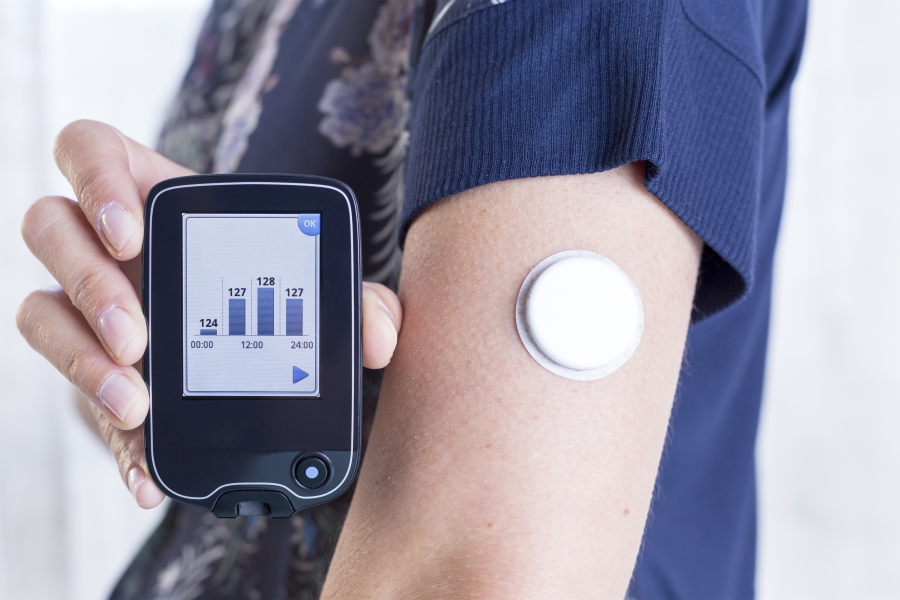

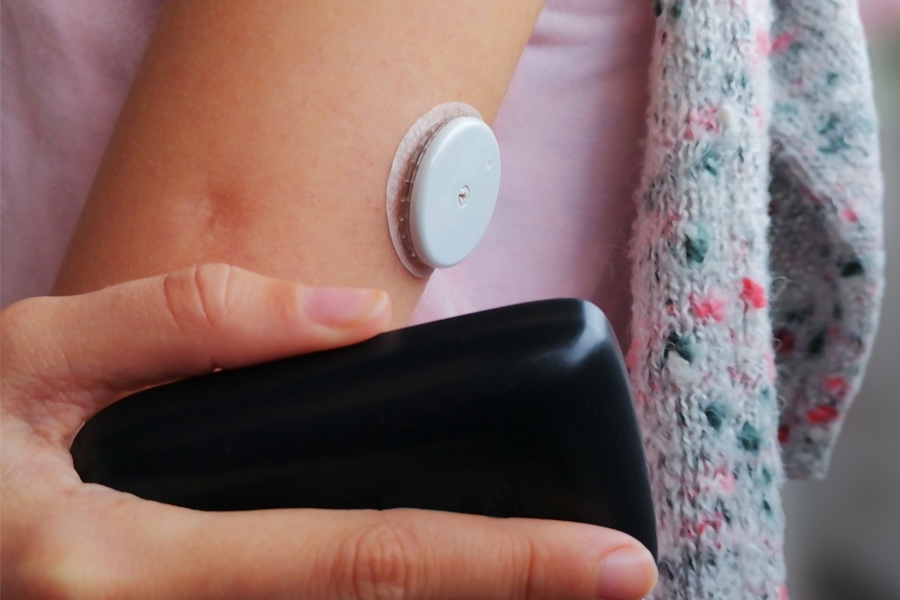
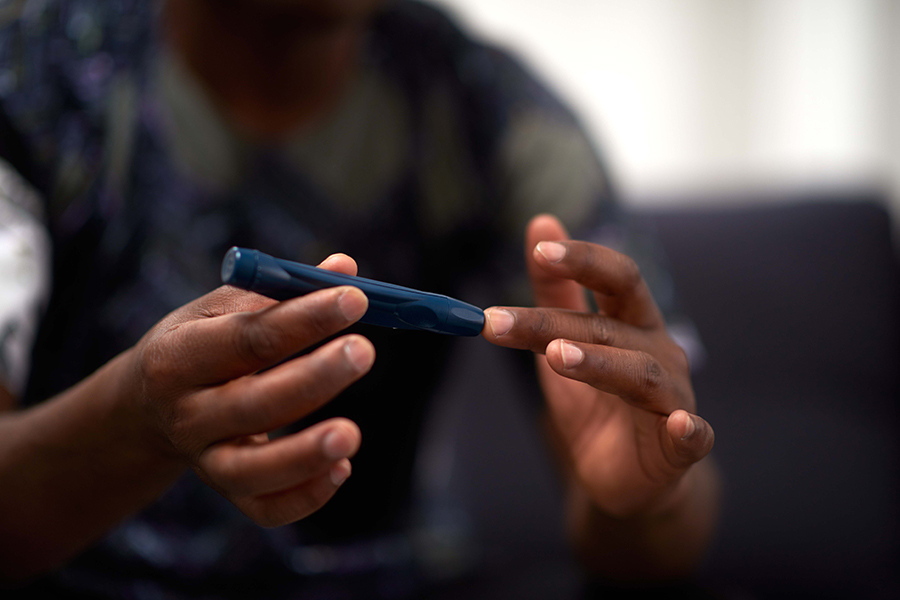

[…] Insulin pumps use rapid-acting insulin. The pump delivers tiny amounts of insulin every few minutes, meaning longer-acting insulins are not necessary. […]